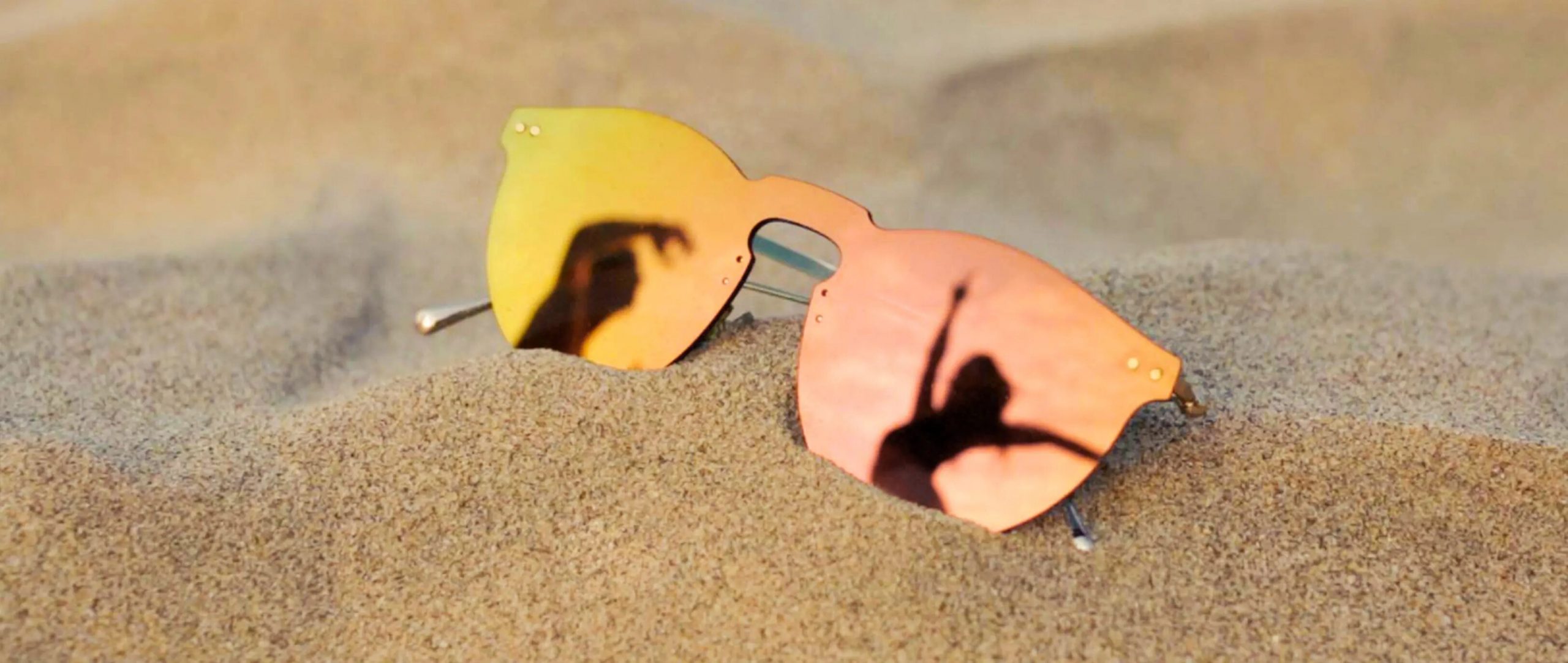Picking sunglasses can make you feel like a kid in a candy shop – spoiled for choice. There is a veritable rainbow of colours to pick from. From orange to blue, grey to yellow and green to brown. You can match a pair of shades to almost every outfit you own. But did you know that there is more to the colour you pick than just aesthetics? In fact, there is a genuine science behind the colours or tints and how they affect our vision.
Physics reveals that different colours have varying abilities to absorb or reflect other colours, suited for specific conditions, thereby improving clarity of vision. So a green tint will reduce glare by filtering blue light and brown tints will block blue light turning grey days brighter.
You are most likely to need sunglasses for sunny days, sporting activities, driving or for reducing eye-strain from working with computers. So here’s an easy guide to help you pick the right tint for your sunglasses.
Grey: Go for grey to reduce glare. It is a neutral tint and helps you see colour in its purest form. Grey tints will ensure that the bright glare of the sun is muted and you get to see more clearly. This is the ideal colour for outdoor sporting activities like cycling and running. It is also a good tint if you want it for driving glasses.
Green: Go green to reduce glare from blue light. As your green tinted lens filters out blue light, it increase s contrast resulting in sharper vision. This makes green tints more suitable for you if you are into outdoor sports like golf and tennis. Green also comes with the added advantage of reducing fatigue from bright light.
Rose: Viewing the world through rose-tinted glasses may sound like a romantic idea, but science explains that it actually does soothe the eyes, especially over longer usage. The rose tint basically increases the contrast as it blocks blue light. Apart from romantics, rose-tinted glasses are most popular among techies as they help reduce glare and eyestrain.
Yellow: Yellow or orange tints are perfect for improving your vision in low-light, hazy or foggy conditions. But while these make your vision sharper both indoors and outdoors, they can cause some amount of colour distortion, making objects appear brighter than they really are.
Brown: Brown tints are suitable in both bright light and cloudy conditions. As these brown and amber tints block blue light, they can really reduce glare. So even when it is cloudy outside, your vision will be brighter. Sports persons find these tints especially helpful as they increase the contrast especially against green or blue backgrounds.
After you have zeroed in on the perfect tint for your lifestyle, you might also like to factor in Polarized lenses that reduce reflected glare. What this means is the glare of light when it is reflected off another surface.
Now that you know about the right tints and polarized lens, you might also want to consider photochromic lenses that change according to the amount of UV rays present, as another option. If the UV rays are stronger, the lens will become darker. When you move indoors, the lens will adjust to the amount of light in the immediate surroundings.
You are now all set for your new pair of sunglasses, remember, it is an investment worth making. You might think that a cheaper pair of sunglasses will perform the primary function of protecting your eyes from the sun, but the reality is that they will not offer any protection from UV rays, rather they will prove more harmful. Behind the cheap shades, your pupils will dilate or become bigger but they will remain vulnerable to the UV rays and with dilated pupils, the surface of the eye open to the UV rays will be more.



